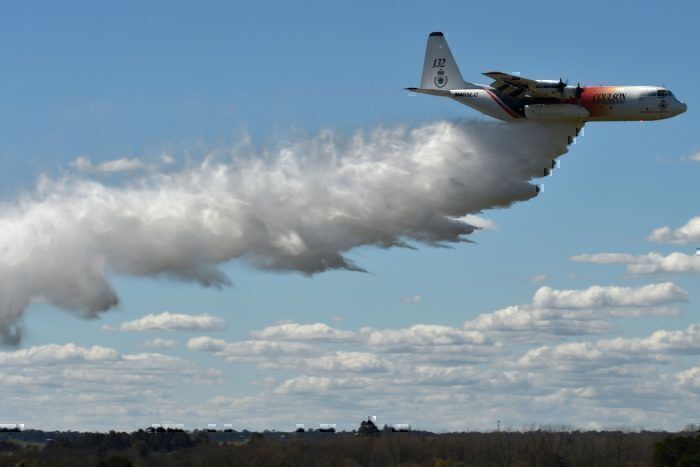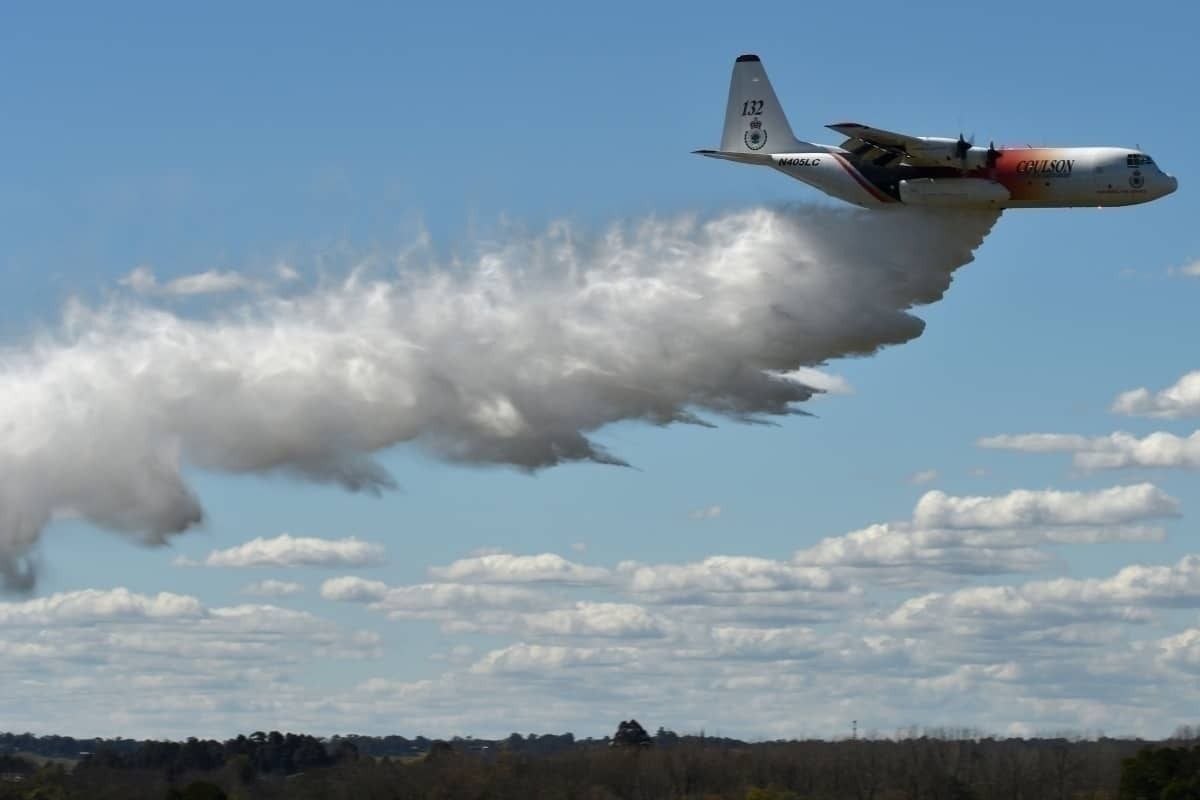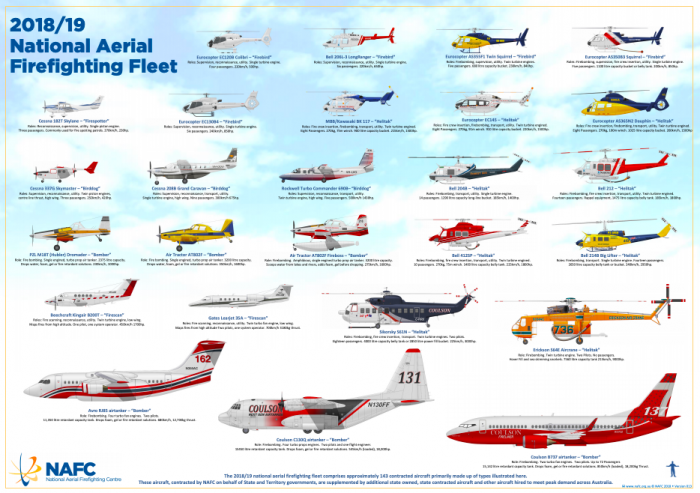Aircraft are playing a pivotal role in fighting the Australian bushfires. From scouting aircraft to waterbombers, they are trying to make all the difference in some of the worst bushfires Australia has ever seen.
What are the details?
Aviation is not only fantastic for flying passengers around the world but also critical for life-saving services like flying patients from remote towns, search & rescue, and as we see now in Australia, fire fighting.
The Australian bushfires that are currently raging across the South-East states have consumed over five million hectares of land (the size of Belgium or half of Ireland), destroyed 449 homes and killed 17 people. For comparison to our North American readers, the California wildfires this year reached an impressive 186,000 hectares.
These fires, undoubtedly caused by changing climate conditions that have pulled Australia into a drought, are only the beginning, as the fire season is expected to last until at least April 2020.
Some of the fires have a front line that is over 60km long and trying to defend people's homes and evacuation centers from the inferno is almost impossible with simple firetrucks and hoses (not discrediting the brave effort the men and women on the ground perform, but simply that the scale makes it nearly impossible).
How are aircraft being used in Australia?
Aviation offers a different solution to combating these huge forest fires. With aircraft, the fire services can scout out inaccessible regions and determine if a fire has broken out. With helicopters, they can evacuate homes and trapped fire teams. And with waterbombers, they can fight the fire directly and help ground crews put out a blaze.
Australia's National Aerial Firefighting Centre oversees a fleet of 145 aircraft:
The majority of the fleet is helicopter aircraft, but NAFC does deploy some pretty hefty water-bombing aircraft such as a converted Boeing 737 where needed.
However, that's not the true size of their fleet as the NAFC contracts out roles to other fire fighting fleets from elsewhere in the world. This season, the fleet has been boosted by up to 500 aircraft including one large DC-10 air tanker, plus six 'fireboss' aircraft that can scoop up water from rivers and lakes.
NAFC has argued that an expansion to the budget to combat these growing fires (like we are seeing this year) is needed. Unfortunately, the Australian government believes that the funding of these fleets should be localized by the states and has since refused to spend any budget on new aircraft.
"The Prime Minister keeps saying that whatever the fire chiefs request, they get, but that's not true," Former NSW Fire and Rescue Commissioner Greg Mullins said to The Sydney Morning Herald. "The business case has been on the desk for two years. Had the fire chiefs had certainty with the $25 million, we would have more aircraft in the sky."
At this time the Australian government is considering contacting Canada for help with their aircraft (and secure some of their powerful CL-415 aircraft), but nothing is yet confirmed. The opposition to the current government had planned an $80 million spend on fire fighting aircraft but failed to secure enough votes in the last election.
As an Australian aviation fan, it's great to see these fantastic planes and brave pilots come to help defend my home, and hope that the Australian government supports the expansion of the fire fighting fleet into the future.
What do you think? Let us know in the comments.


